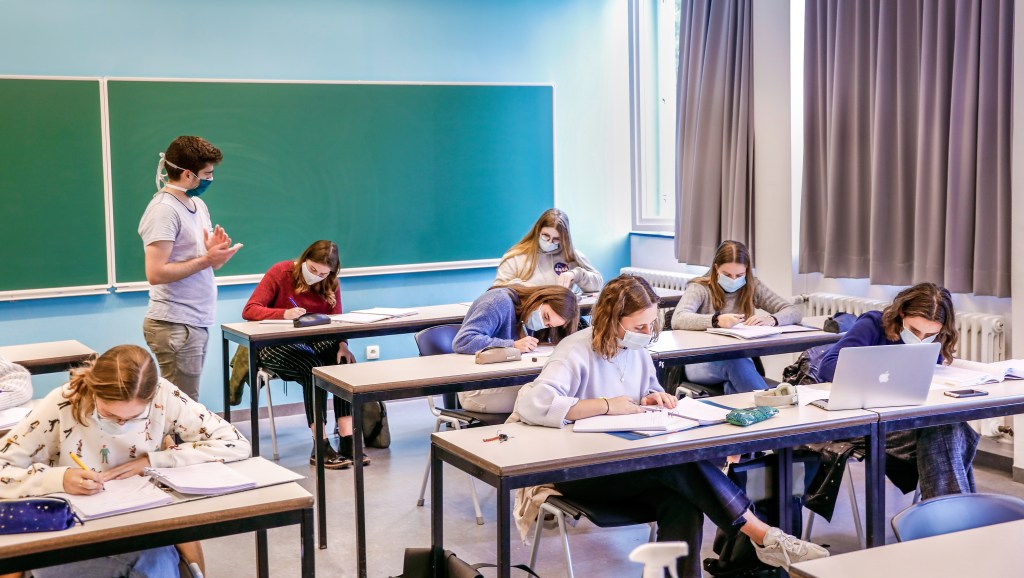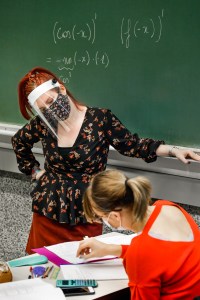BY ALMER GÜNGÖR. Not only students search for the relevance of learning, but also researchers and teachers have been searching for ways to foster relevance to motivate students. Current studies have showed that fostering relevance with short tasks is possible.
“Why do I have to learn this topic?’ or “How does this relate to my future job?” Many of us are familiar with these questions. When asking these questions, students are in fact searching for the relevance of what they learn. Not only students search for the relevance of learning, but also researchers and teachers have been searching for ways to foster relevance to motivate students. Current studies have showed that fostering relevance with short tasks –completed twice during the semester– is possible. These short tasks usually last 10 minutes.
Various types of tasks that can enhance students’ relevance perceptions are:
1. Direct communications provide students with information on the value of learning a topic. Teachers might give short texts of 1-2 paragraphs or talk briefly about the usefulness of a topic for the students.
2. Self-reflection tasks guide students to think up and write 3-4 sentences about how learning a topic might be useful for them. Examples of this type of task can be downloaded from the project website.
3. Critical-reflection tasks guide students to evaluate others’ relevance statements and then write 3-4 sentences about the topic’s relevance for themselves. These statements are usually selected among the relevance statements of former students.
Many teachers intuitively opt for direct communication to foster the relevance of their courses. But current research shows that the effectiveness of these approaches depends on student characteristics, specifically students’ competence beliefs and prior achievement in the course. Students with a strong sense of competence think they can succeed if they study. Briefly, it doesn’t mean that students with high competence beliefs already know the subject matter, but they have confidence that they can learn it. Students with high confidence benefit from direct communications, while students with low confidence are negatively influenced by this approach. Self-reflection tasks, on the other hand, foster relevance perceptions and stimulate the interest of students with low confidence and performance. This type of exercise is more effective for vulnerable students such as low achievers, students with low confidence, or underrepresented groups in higher education. Similarly, critical-reflection tasks are especially effective for students with low confidence.
These tasks are not only effective in promoting perceived relevance, but also in increasing students’ interest, confidence, and performance in the course. Thus, teachers need to consider which student group they would like to support and make conscious choices while using these approaches in their classrooms. An alternative approach might be to integrate different practices at certain times to support diverse student groups.

It is sometimes difficult to find a balance between using time efficiently to teach the course content, and enhancing students’ interest and confidence. However, if teachers do not plan lessons in a way to support student learning, the topics will be covered without successful assimilation of knowledge.
One tip for students might be to ask questions such as “Why am I learning this topic/course?” to former students and professionals in their field. Especially students with low confidence in a course might try to formulate their own answers to these questions.
Acknowledgements
These tips are based on the literature review and results of the DiFuSeEM project funded by the European Union’s Horizon 2020 research and innovation programme under the Marie Sklodowska-Curie grant agreement No 843951.



